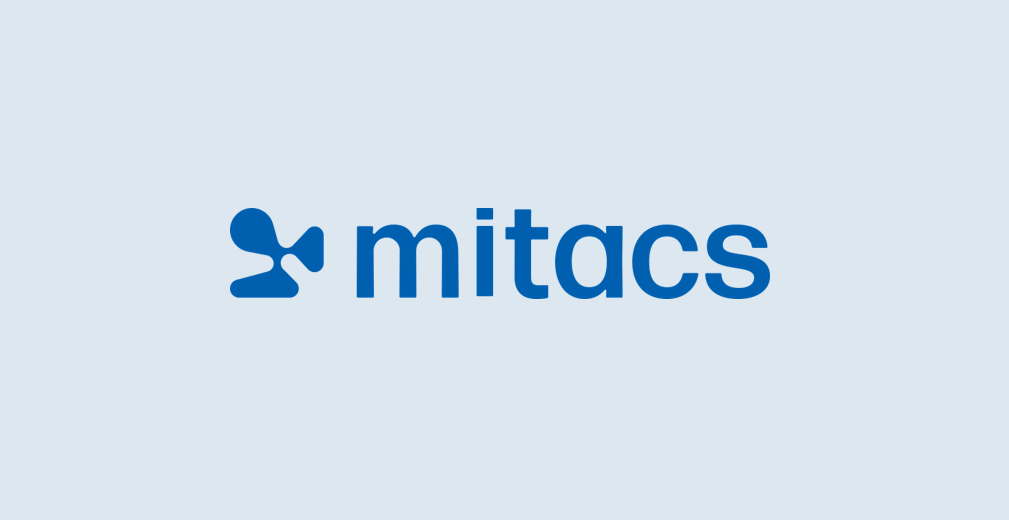
Torso-borne protective clothing and load carrying equipment (ie. bulletproof vests) is fundamental to the safety of Canadian Armed Forces personnel. To make informed decisions on purchasing and developing new equipment, a suite of mannequin-based tools was developed by Defense Research and Development Canada. They are developing a female model to reflect the Canadian Armed Forces’ […]
Read More